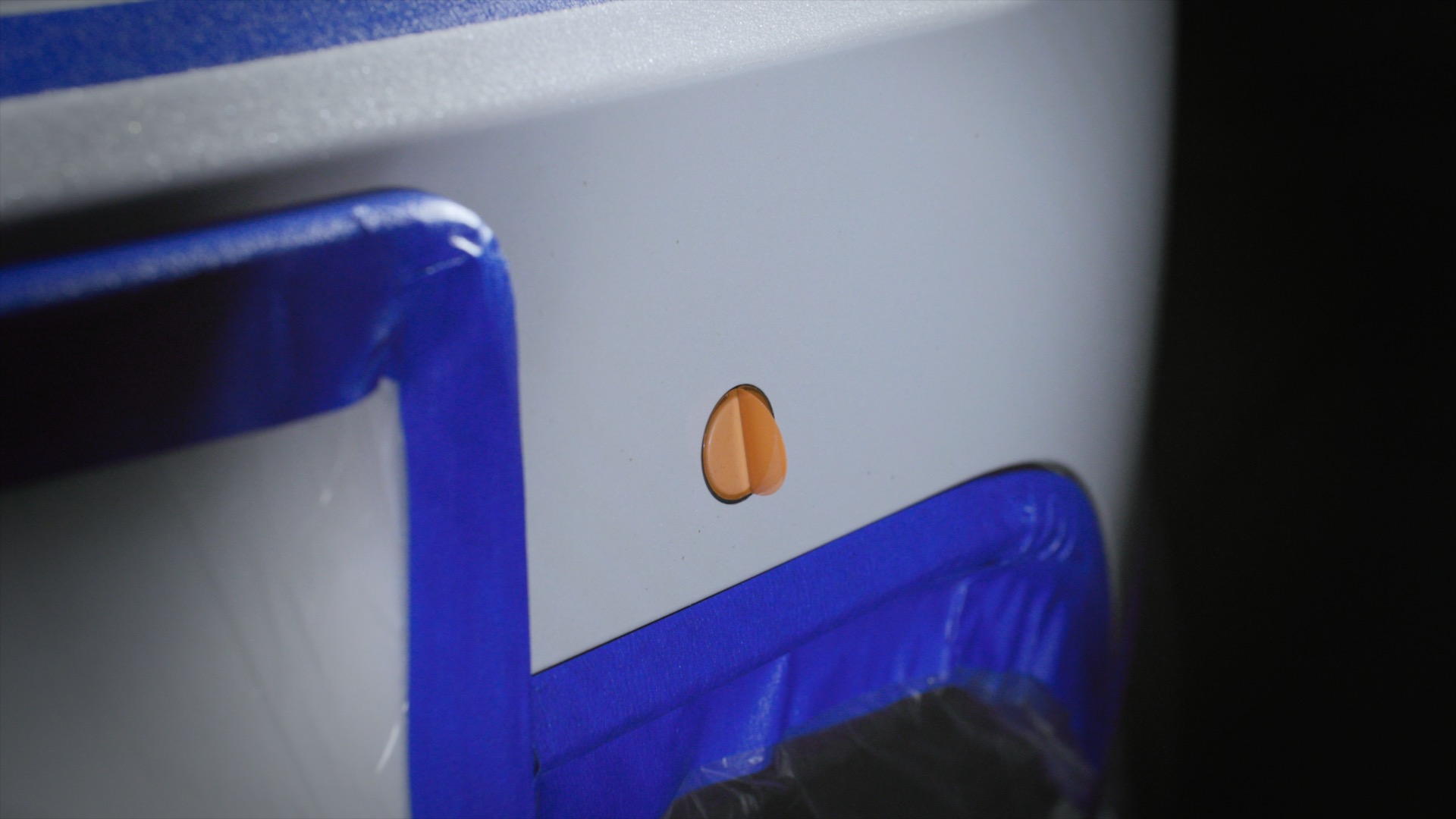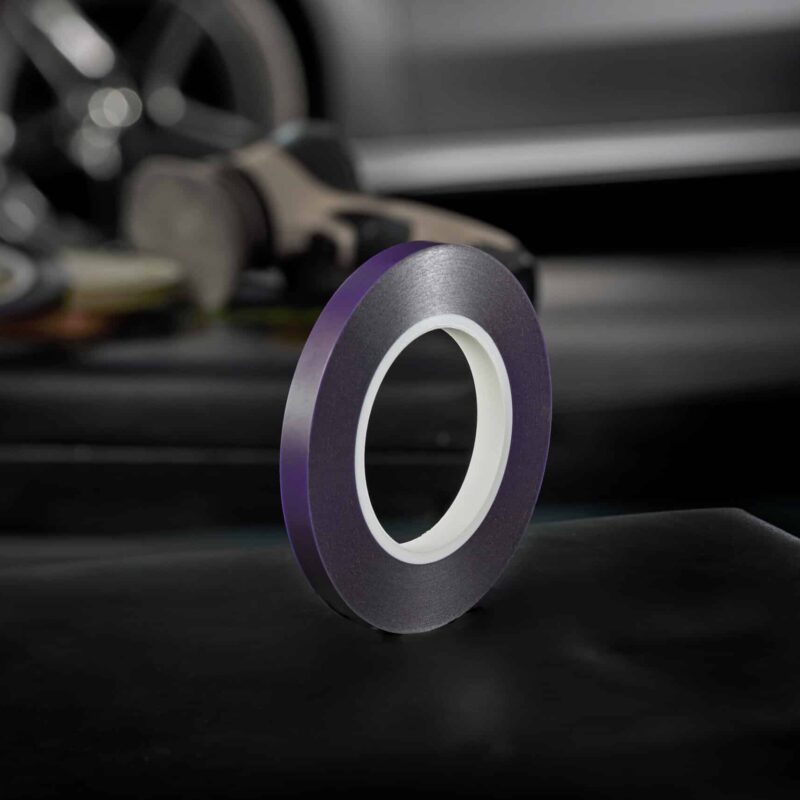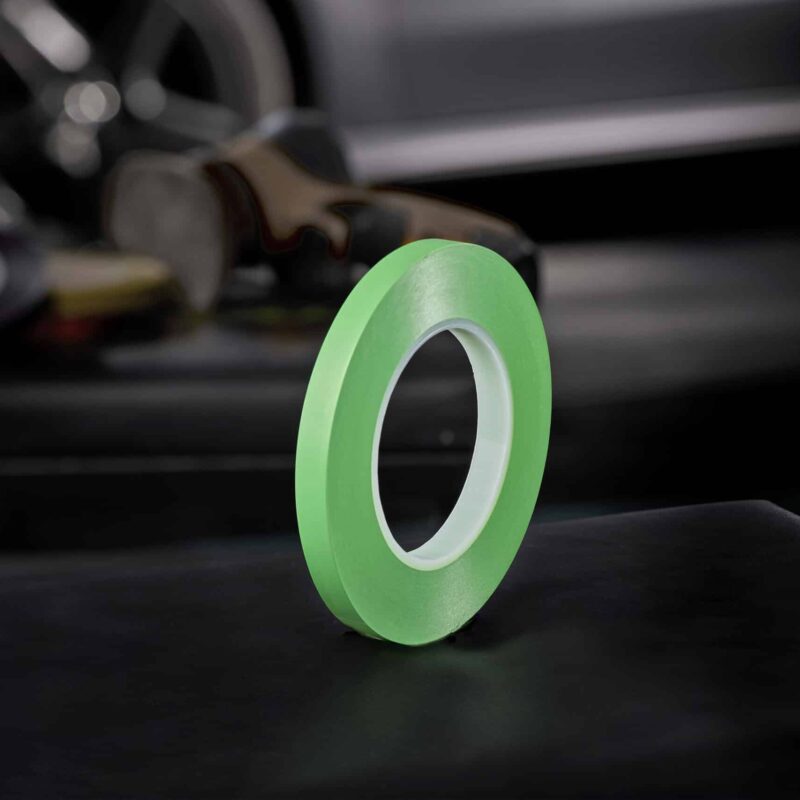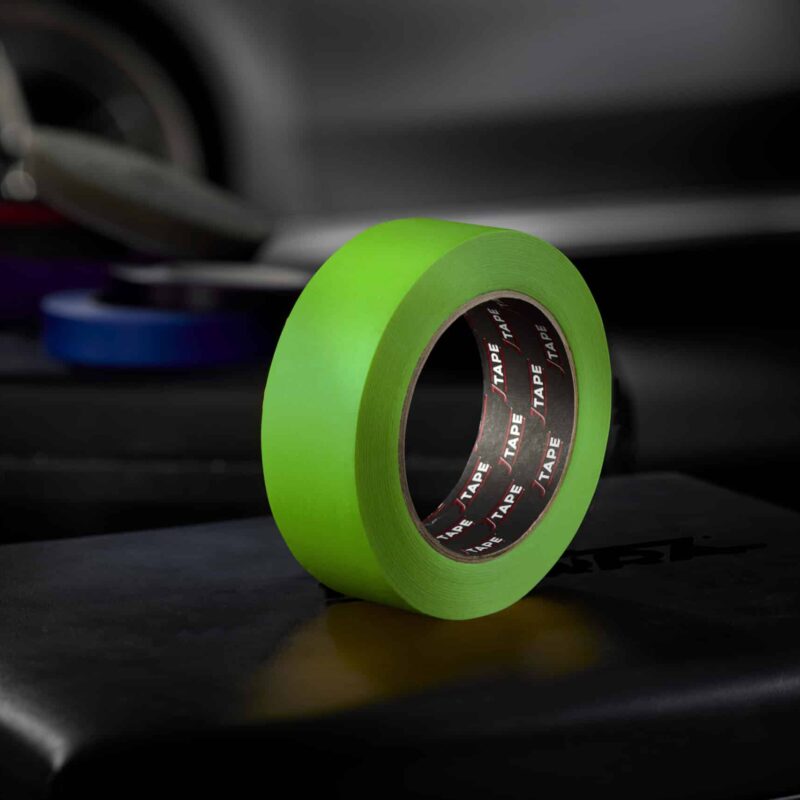DISCOVER JTAPE MASKING TAPES
We understand that each job varies, which is why JTAPE offers a comprehensive range of British-made masking tapes to suit a wide variety of applications.

MASKING TAPES
Many industries including automotive, DIY and aerospace rely on premium masking solutions to achieve the desired finish. Our range of paper masking tapes are expertly designed and includes options to withstand varying levels of temperature resistance and UV conditions, ensuring we have a solution to suit your needs.
Complete the form to download our brochure
5 products found
FREQUENTLY ASKED QUESTIONS
What is masking tape?
Masking tape is a pressure-sensitive tape designed to adhere to a surface to protect it when painting. The type of adhesive used on masking tape is formulated to make it easy to remove without leaving a residue behind.
Masking tapes may be made of paper or plastic and will not allow any paint to pass through them onto the protected surface.
What is masking tape used for?
Masking tape is most often used when painting to prevent paint from getting onto a particular area. For example, you might use painters tapes when decorating to prevent wood paint on a door frame from getting onto the surrounding wall, or on a light fitting.
Masking tape is regularly used as painters tape when spray painting cars or UPVC window frames for the same purpose.
Using masking tape has several benefits, including helping you save time, preventing mistakes and allowing for a clean, high-quality finish.
Is paper tape and masking tape the same thing?
Although paper tape and masking tape are similar, they’re generally not used for the same purpose. Paper tape often has a weaker adhesive than masking tape, and is usually only used on smooth, flat surfaces like walls. Meanwhile, masking tape has a stronger pressure-based adhesive that can be pressed into curves and bends, making it easier to use on a variety of surfaces, including car doors and jambs.
What's the difference between painter's tape and masking tape?
Painter’s tape and masking tape are very similar products and serve much the same purpose, however, are used in slightly different situations.
Painter’s tape is most commonly associated with decorating and DIY – it is designed to be low tack to protect underlying paint surfaces and be easy to remove without leaving a residue or pulling away the paint beneath it. It may be called decorator’s masking tape.
Meanwhile, masking tapes are more typically used for spray painting work on surfaces that require a tighter bond to prevent overspray and are often used in conjunction with films to protect larger areas.
Are there different grades of masking tape?
Masking tapes can be classified by their temperature resistance. The colour of your tape will often indicate the level of temperature resistance you’re getting. We have a selection of masking tapes with a range of temperature grades, from 80°C to 220°C.
Does masking tape peel off paint?
If the right type of masking tape is used for a job and is applied correctly and then removed carefully, it should not peel off the paint.
One of the most common reasons for masking tape peeling off paint when it is removed is that the underlying layer was not fully bonded to the surface – for example, if the paint was applied to damp plaster.
If the tape is left in place for too long, the adhesive may degrade and cause it to stick more tightly to the underlying wall, in which case it will be more likely to peel paint away.
How long can you leave masking tape on?
It’s a good idea to remove masking tape as quickly as possible after painting to avoid it leaving behind a residue or becoming more bonded to the underlying surface.
In practice, you shouldn’t have problems leaving masking tape in place for a few days.
How do you remove masking tape without removing paint?
To get the best results when removing the masking tape, it’s important to choose the right product for the job, apply it correctly, and then remove it at the right time.
Pick a tape that is right for the surface you’re painting on – whether this is a painted wall or a car panel.
Apply the tape using consistent pressure to bond it with the surface you’re aiming to protect. Use enough pressure to allow the tape to stick, but not too much.
The best time to remove masking or painter’s tape is when the paint is dry to the touch but not fully cured. At this point, there will still be some flexibility in the paint, and it should not chip.
Finally, remove the tape gently with a consistent peeling action rather than dragging it.
How do you stop paint bleeding under masking tape?
To avoid paint bleeding under the tape, start by painting over the edge of the tape using your base colour and gentle strokes. This technique will create a seal between the tape and the base coat and prevent any seeping from taking place that might allow the paint to bleed under the tape.
Why are masking tapes different colours?
Different colours of masking tape allow the tape to stand out clearly against the background colours during application.
In some cases, manufacturers use different colours to differentiate between tapes that are used for different purposes or work at different temperatures.
Can I reuse masking tape?
Masking tape is designed to be used once.
Getting the best results relies on having tape which adheres tightly to the underlying surface. If you try to reuse masking tape, you risk the adhesive not working correctly which can allow paint to bleed underneath the tape and ruin your results.
Can I use masking tape on painted walls?
Low-tack masking tape can be used on painted walls because the adhesive isn’t strong enough to damage the paint underneath. As long as you follow the instructions on your masking tape in application and removal, you should be able to safely use masking tape on a dried painted surface.
What is low-tack masking tape?
Low-tack masking tape is designed for application on finished and previously painted surfaces without causing damage to the paint job. It’s often used when applying a second coat of paint or for touch ups.




